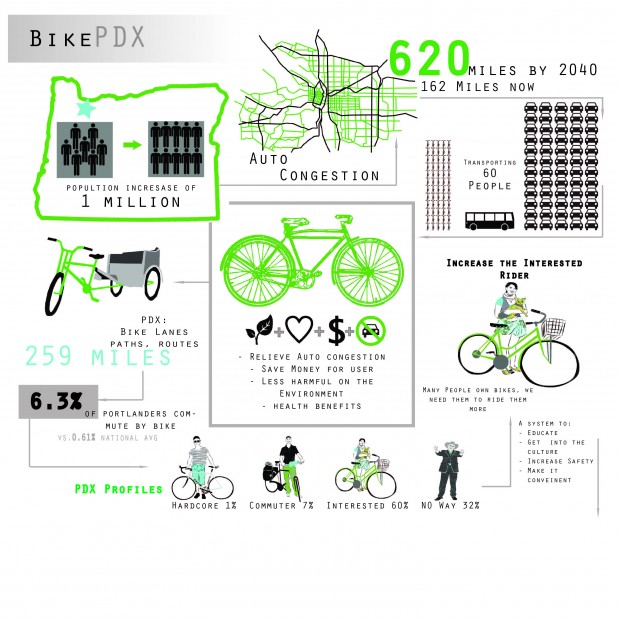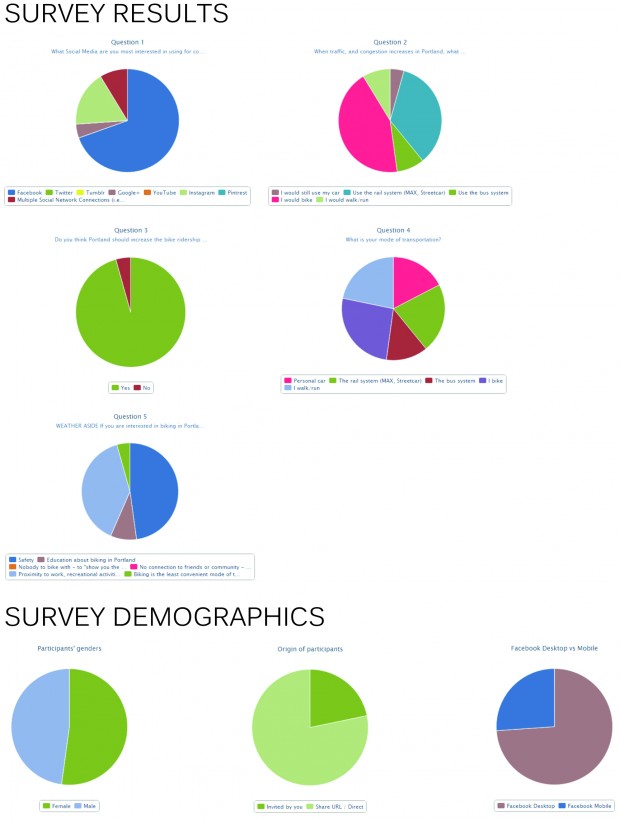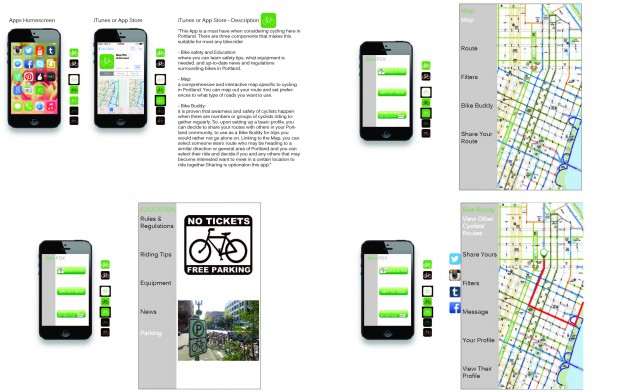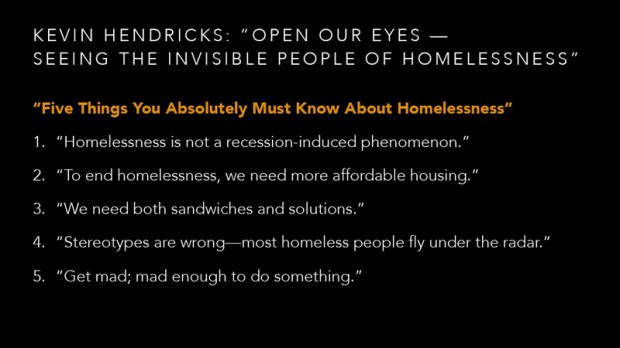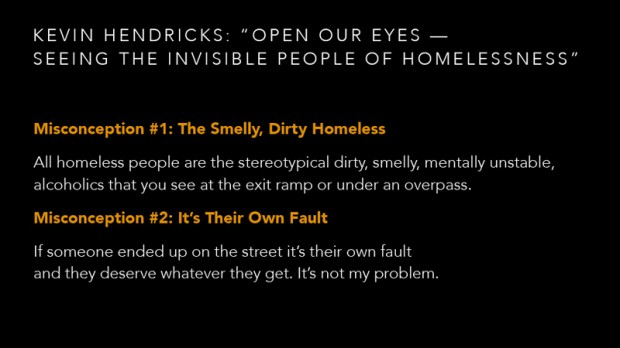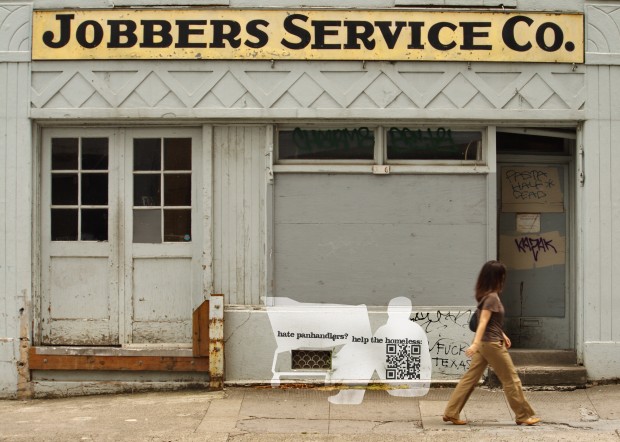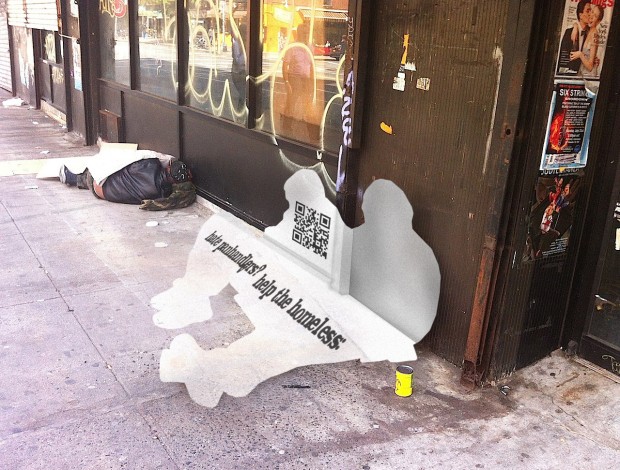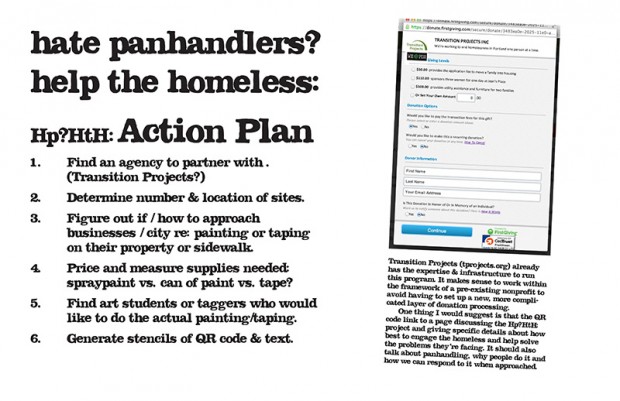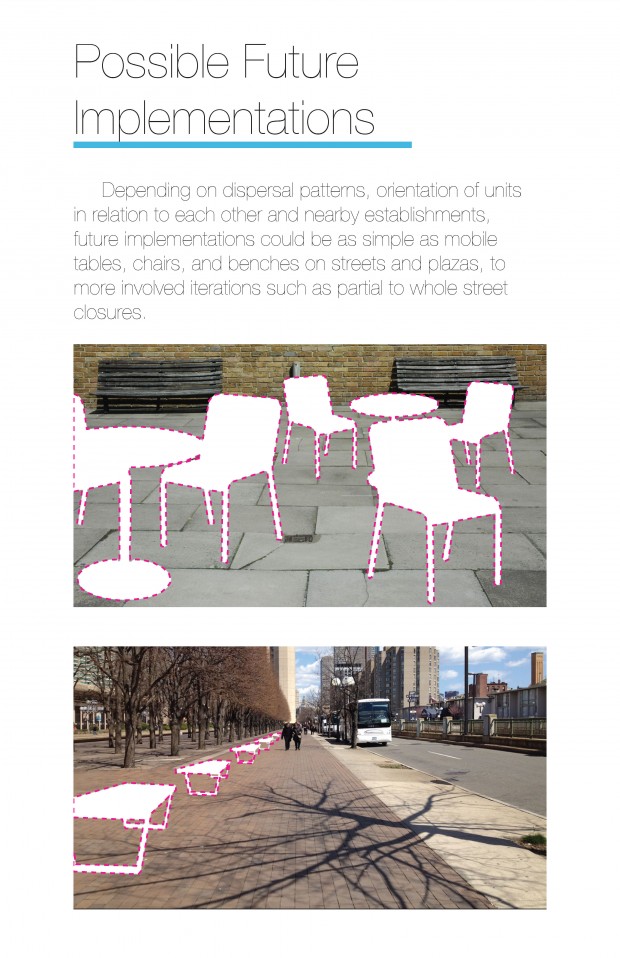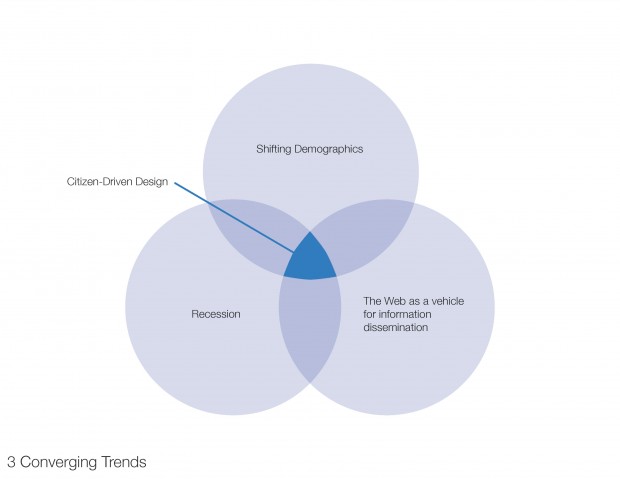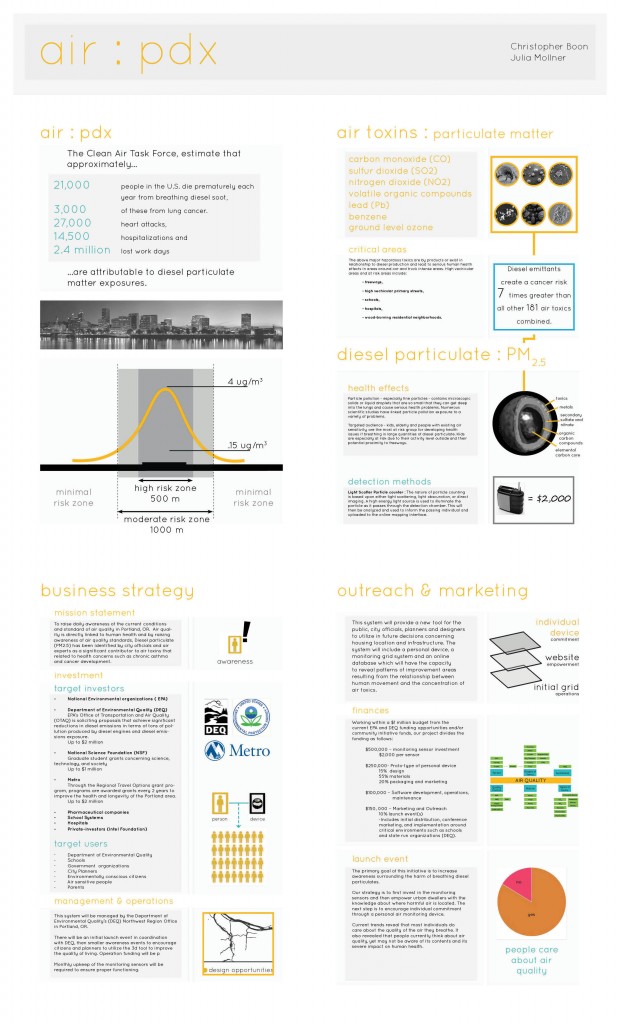Networked Urbanism
design thinking initiatives for a better urban life
apps awareness bahrain bike climate culture Death design digital donations economy education energy extreme Extreme climate funerals georeference GSD Harvard interaction Krystelle mapping market middle east mobility Network networkedurbanism nurra nurraempathy placemaking Public public space resources Responsivedesign social social market Space time time management ucjc visitor void waste water Ziyi

Portland State Univ – Winter 2014
Master Studio carried on during the winter term at the Portland State University / College of the Arts – School of Architecture. This studio will bring an alternative to the traditional way of designing cities from a bird’s eye view, and a single designer’s perspective. It will, not only examine the physical dimension of the city, but also its social processes and fluxes. This course is co-teached with L. Rudolph Barton and Brent Young.
We constructed a survey to better understand the people of Portland.
Here is the mock-up of the base structure/design of the interface of the App.
Facts and figures about the problems facing the homeless…
Creating temporary seating throughout downtown Portland action plan and research.
The goal is to let the public dictate where future public space and/or seating is needed throughout downtown by designing a seating system that is mobile. The community members can move the seating around as needed. The graphics below outline the potential for tracking the seats and sharing the locations with the public.
This is a mock-up of how our gird system will dynamically represent the real time data that will be collected through our grid sensors. As individual commitment to awareness, the personal device will add to the real time data and create a new layer of information to inform design opportunities and constraints.
After our initial research with the animated topography, we have determined that our mapping database will be enhanced with visual representation through a gradient (see below). The top gradient topography is the most accurate representation of our data.
Last Monday we had the pleasure of meeting Jose for the first time and present our bibliographies as well as an update on our temporary seating project.
Below is the presentation material from the video and book about tactical urbanism. Our project has shifted to providing temporary public seating and allowing the public to move the furniture as needed around downtown Portland. Where the seating ends up can ultimately help the city determine where more permanent or public spaces are needed.
Our project is at the stage of creating the network and beginning to test run our initiative in a case study. We created layers of awareness from which we will market our product. The three layers are the initial grid, website, and individual device (see above, bottom-right). Now, we are in the mist of creating the online database (see below) and gathering equipment, specifically the particulate sensor, to put our plan into action and see if our mock-up works with a trial run.
(more…)
February 15, 3:00 pm PDX time
At the end of this week, I am on the road towards the final project on the Bird Strike issue. I will be focusing on a video that tells the story, reasons why we should care, and solutions. I’ve decided to focus on the video because I am working with the City of Portland on getting the video shown at the planning review department’s waiting room. I am focusing on professionalism, copyright issues, and making the video engaging. The last couple of days, I’ve been researching how to make documentaries and videos and have reached out to the film department to see if there is a film student who would be interested in working on the video with me. I have also been reaching out to all my contacts and working on getting copyright permissions. I am now in contact with a post-BAC documentary film student who has a Bachelors and Master in Biology. I’ll be discussing the project later today with her. I’m optimistic that this will be a good fit.
Yesterday we had our mid-term review before Jose headed out for a week. I presented the Story Board for my video to the class and talked about the current state of the project. Even though I have been focusing on making the video for architects, the general consensus is that it should be engaging for a general audience and should be kept in the 7 minute range. One thought to get it at the more professional level is to look into a film grant. Once I have a better understanding of the skill set of the film student, I’ll determine if we need to be looking into the grant. My biggest challenge now is how to distill all the information and create an interesting video. Below is my first pass at the Story Board and timeline.
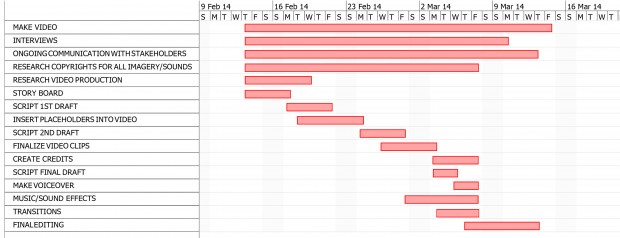
On Monday, we finally met Jose, yeah! Most of us got the chance to present a little about our proposal and also got the chance to discuss the audio/visual and reading bibliographies.
Below are .pdf’s of my PowerPoint presentation. The first section describes my proposals for the project and the second section is the bibliographies. I ended up splitting it up into two parts because of space limitations on this blog. Also, there is a video clip and several audio portions that you would hear if you were at the actual PowerPoint presentation. So, when you see magenta writing, you would normally have seen or heard something.
Bird Strikes Power Point Part 1
Bird Strikes Power Point Part 2
The small video that you would have seen on Part 1 is:
Because the NPR portion is copyrighted material, I have included links to the full interviews:
A Clear And Present Danger: How Glass Kills Birds
Building For Birds: Architects Aim For Safer Skies
« Previous 1 2 3 4 … 6 Next »
